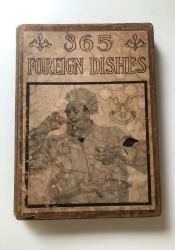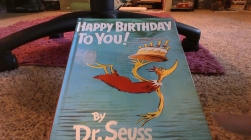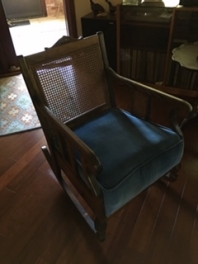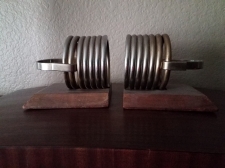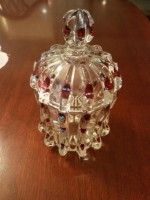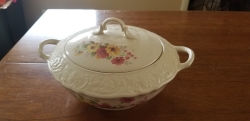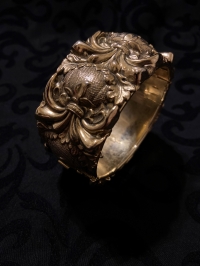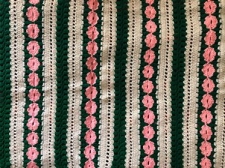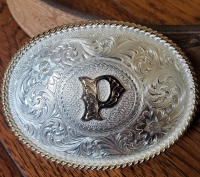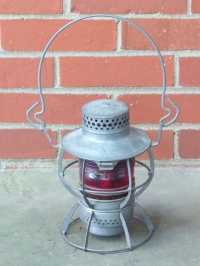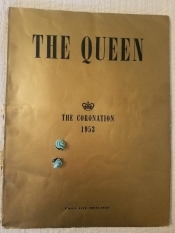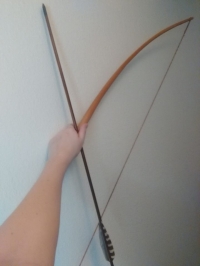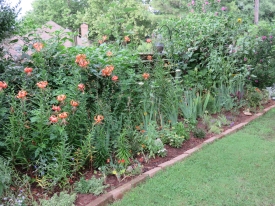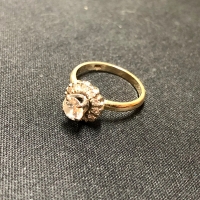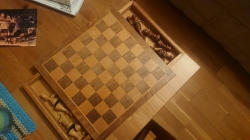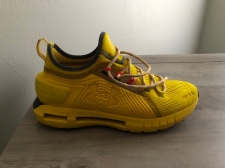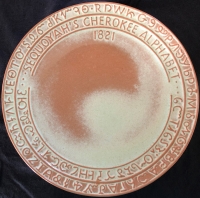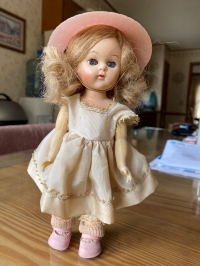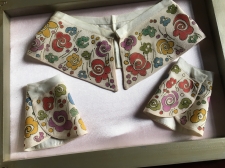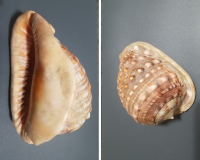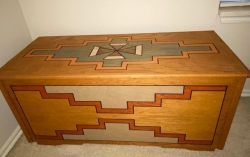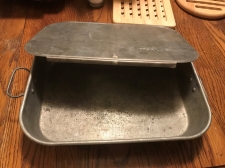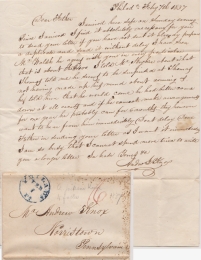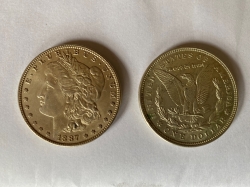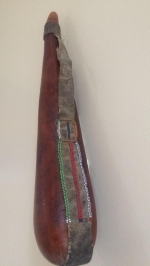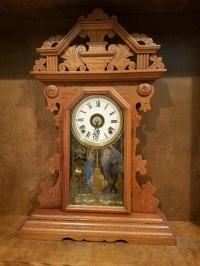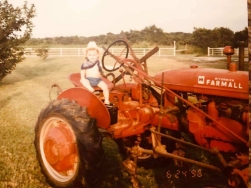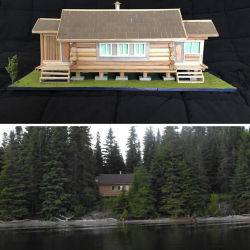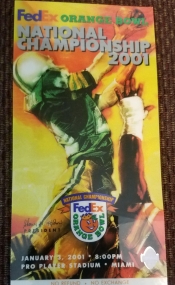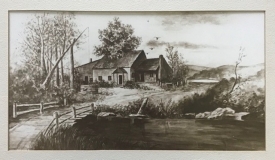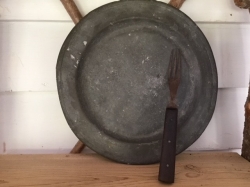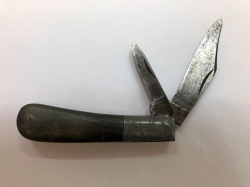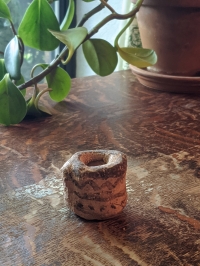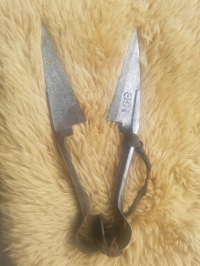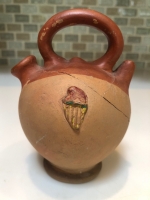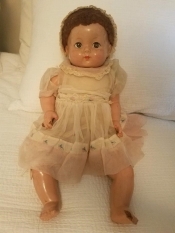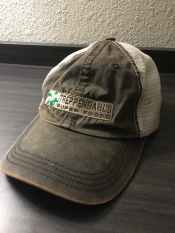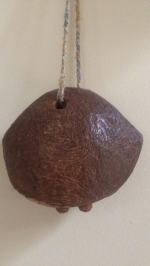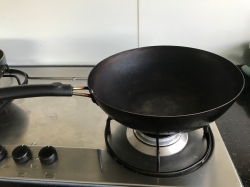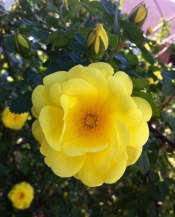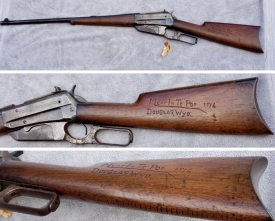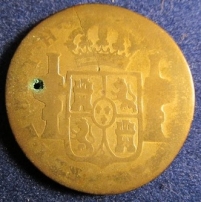Oklahoma
When I was in the 6th grade, my aunt showed this coin to me and said that if I could tell her what it was, I could have it. She told me that she had found the coin in the family garden in southern Illinois when she was a girl, probably between 1925-1930. I was captivated. I had never seen anything like it. The coin was the reason for one of my first trips to the town library. Research can begin on a very small scale. The Red book of American coins was the only available reference and to my disappointment, I could not find this coin. Back then, I knew that the person on the obverse must be a president or someone important, but what was the image on the back with lions and castles? It did not look particularly American and I had not yet heard of coats of arms. Prospects for identifying the coin were dim.
About a year later, the Vincennes (Indiana) newspaper had an article about some historical archaeologists from IU excavating at old Fort Sackville on the banks of the Wabash River. Among the grainy photos of excavated artifacts, was my coin! Or at least part of it. A two-bit piece, cut from an 8 real piece, had been found. There were photos of both the cut piece and the whole coin.
Although our town was small, we had a coin shop. With my new clues, I visited the coin shop and found a book that provided the information I needed to identify the coin. The coin dealer also showed me a well-worn one real coin that looked just like my coin, only smaller. For one dollar, I bought the coin and now I had a collection of two coins! From that brief article, I was able to find other sources that helped be identify the king, not the president, on the obverse and to translate the inscription on the reverse. I learned something about the castles and lions.
The coin itself isn’t very impressive. It is very worn on both sides and only part of the date is legible. There is a large crack through the head of the king. Someone drilled a hole in it from both sides. Someone told me that Indians often drilled coins from both sides and wore them around their necks.
The local coin dealer said my coin didn’t have any value but he was wrong. To me, it was the most amazing thing that I’d seen up to that time…and I was learning its secrets! There were questions to be answered. How did this coin from Mexico find its way to southern Illinois? Who made the hole? Who wore it? Why was it drilled so that the king would be looking up rather than having the perforation above the king’s head so that it would hang like a portrait? I learned how to read a coin.
That coin put me on the path that I follow today. I am still interested in coins, mainly of Mexican and Spanish colonial origins. My archaeological fieldwork took me to Mexico and I learned a lot about Mexico’s rich history as well as its prehistory.
I am still fascinated by the stories that objects tell. Perhaps that’s why most of my career has been in museums, places where stories are told about objects. Throughout my career, I have been fortunate to do fieldwork in different parts of the world; Illinois, north and West Mexico, Guam, and the island of Yap in the western Pacific. I’ve studied human remains, ancient and modern in detail to document their demographics, their maladies, and sadly, to determine how they met untimely and sometimes terrible deaths. Working in museums all of this time, I’ve developed exhibits and programs, and written extensively about objects and what they mean. Maybe after all, I’m just a story teller who is excited about the challenge of unravelling the secrets of an object and telling others about it.


